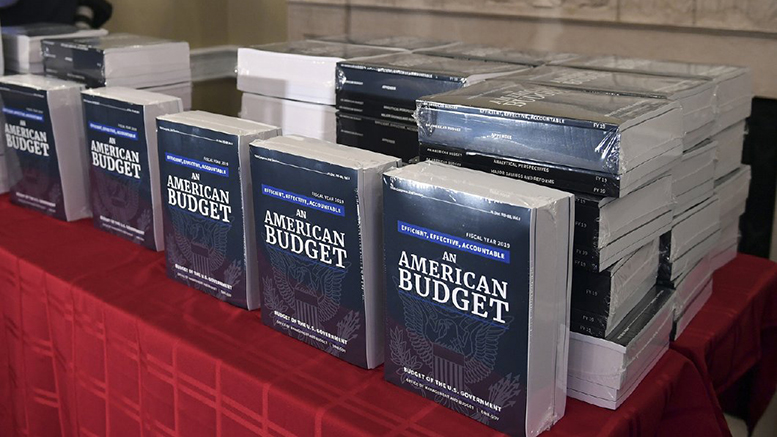The Trump administration’s budget plan for fiscal year 2019 continues to carry the president’s emphasize on workforce development — especially through apprenticeships — and would allow students to use Pell grants for certain short-term programs.
The president’s proposal, which would level fund Pell and keep the maximum grant at $5,920, would extend Pell eligibility to high-quality, short-term programs that lead to a credential, certification or license for an in-demand field — with sufficient “guardrails in place.” A House bill to reauthorize the Higher Education Act would do the same, and members of a Senate education committee also have supported the idea as they work to release their HEA bill this spring.
Overall, the budget would slash discretionary funding for education by reducing or consolidating 39 programs that the administration says are duplicative or that the state, local or private funds should cover.
The Trump budget also places more emphasis on developing a career and technical education (CTE) pathway for students while they are still in high school. Such programs as well as community college CTE programs are funded through the federal Perkins state grants program, which the president wants to level fund at $1.1 billion. However, the proposal calls to shift more funding to high schools, with an emphasis on STEM fields, apprenticeships and work-based learning.
But education advocates said they would rather see more funding for CTE, especially in light of the administration’s plan to invest in infrastructure, which would require more skilled workers.
“The president’s budget includes policy recommendations related to Perkins reauthorization, but nearly all of them are already allowed under current law,” said the Association for Career and Technical Education. “Instead, to advance a successful Perkins reauthorization, the budget should provide funding necessary to support new, innovative CTE programs and expand existing programs to meet labor market demand.”
The budget also would significantly cut funding for TRIO and transition it to a single state formula, as well as merge funding for Title III and V programs into a single institutional formula. In addition, it would eliminate funding for programs such as GEAR UP and Supplemental Educational Opportunity Grants. It would also change the federal Work-Study program to use funding more to support workforce and career-oriented training for low-income undergraduates.
On the labor side
The budget also would significantly cut federal funding for job training. Again, the administration seeks to shift the funding shortfall to states, localities and employers.
But the administration would like to funnel $200 million into the apprenticeship program, which currently receives about $95 million. It also calls to focus the Trade Adjustment Assistance program on apprenticeships and other on-the-job training programs for in-demand jobs.
“Apprenticeship is a great solution for employers looking for a skilled workforce and workers looking for an affordable path to a secure future, yet currently only 550,000 individuals — less than half of one percent of the workforce — participate in apprenticeships each year,” according to the budget summary.

